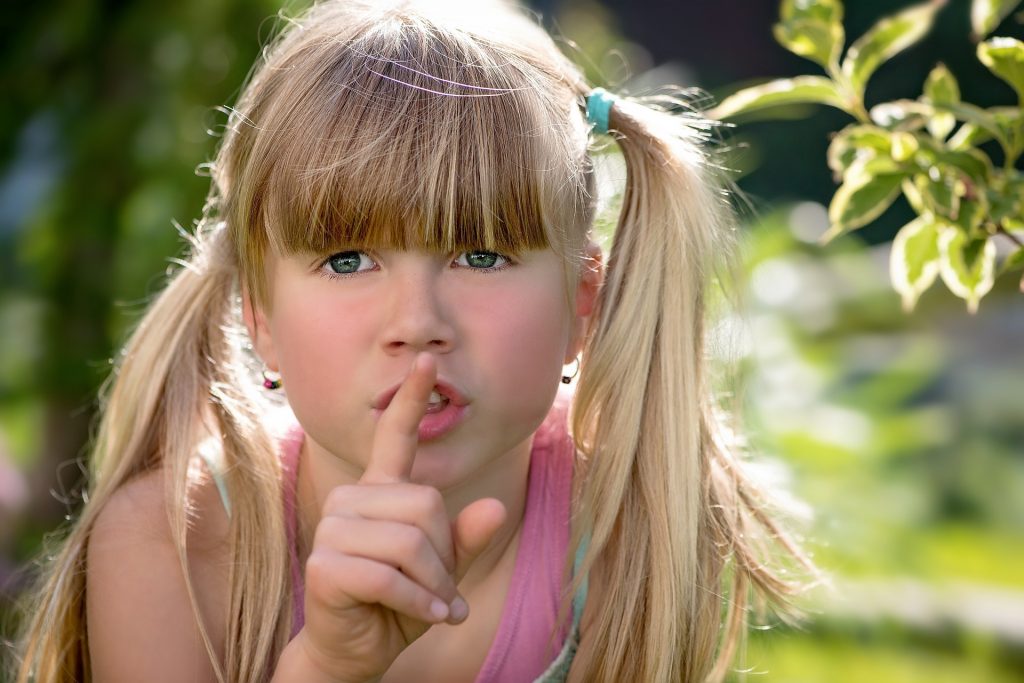
We all remember that one kid in school. That kid that only had to hear the word lice and suddenly became the reason why half the class went home to endure the fine tooth comb instead of going outside to play. While lice rank high on the yuck scale, they aren’t known to spread disease. Still, they’re not welcome in any household. Here’s what you need to know to get a lice infestation under control.
What are Lice?
Head lice are tiny six legged insects that cling to human hair, the neck, and scalp. They feed on human blood several times a day, but are most active at night. Each adult louse is about the size of a sesame seed and can be very difficult to spot. Lice eggs (a.k.a. Nits) are often glued to the hair ¼ inch from the base of the hair shaft. Nits are small yellow or whitish oval shapes that are often confused for dandruff or hair spray droplets.
Head lice infestations are most common among preschool and elementary school children. Children this age often play within close proximity of one another. While head lice cannot fly or jump, they are very adept at clinging to things and are very contagious. They are usually spread through head to head contact and sharing items like hair brushes, combs, hats, scarves, coats, and other clothing. They can also be caused by lying on a bed or couch that has recently been in contact with an infested person.
The most common signs and symptoms of head lice include:
- Finding an adult louse and/or nits in the hair of an infected person.
- Tickling feeling of something moving in the hair.
- Itching, caused by an allergic reaction to the bites of the head louse.
- Irritability and difficulty sleeping; head lice are most active in the dark.
- Sores on the head caused by scratching. These sores can sometimes become infected with bacteria found on the person’s skin.
Treatment
A head lice infestation will not go away on its own. If you suspect your child has lice there are several steps you should take right away. All members of the household should be checked, and the child with the infestation should be treated. Some experts believe treatment is also prudent for persons who share the same bed with actively-infected individuals. It’s also wise to inform your child’s school daycare or school so other students can be checked.
A medical care provider can recommend a medicated shampoo, cream rinse, or lotion to kill the lice. These may be over-the-counter or prescription medications depending on how many treatments you have tried. Medicated lice treatments usually kill the lice, but it may take a few days for the itching to stop. For very resistant lice, an oral medication (medicine taken by mouth) might be prescribed.
It’s important to remember not to over treat an infestation. Follow the directions of your treatment carefully. Failing to do so or treating too often can cause damage. Do not use a combination shampoo/conditioner, or conditioner before using lice medicine. Do not re–wash the hair for 1–2 days after the lice medicine is removed.
Preventing Reinfestation
Head lice do not survive long if they fall off a person and cannot feed. You don’t need to spend a lot of time or money on housecleaning activities nor do you need to call pest control. However, to prevent reinfestation, it’s a good idea to clean any areas lice may have recently fallen off the hair or crawled onto such as clothing or furniture.
- Machine wash and dry clothing, bed linens, and other items that the infested person wore or used during the 2 days before treatment using the hot water (130°F) laundry cycle and the high heat drying cycle. Clothing and items that are not washable can be dry–cleaned OR sealed in a plastic bag and stored for 2 weeks.
- Soak combs and brushes in hot water (at least 130°F) for 5–10 minutes.
- Vacuum the floor and furniture, particularly where the infested person sat or lay.
- Do not use fumigant sprays; they can be toxic if inhaled or absorbed through the skin.
Head lice is not a sign of dirtiness or poor hygiene. They affect children across all levels of income, social class, and cleanliness. However, these tips can help to prevent kids from getting lice (or from becoming reinfested):
- Tell kids to try to avoid head-to-head contact at school (in gym, on the playground, or during sports) and while playing at home with other children.
- Tell kids not to share combs, brushes, hats, scarves, bandanas, ribbons, barrettes, hair ties or bands, towels, helmets, or other personal care items with anyone else, whether they may have lice or not.
- Tell kids not to lie on bedding, pillows, and carpets that have recently been used by someone with lice.
- Every 3 or 4 days, examine members of your household who have had close contact with a person who has lice. Then, treat any who are found to have lice or nits close to the scalp.
Sources:
http://kidshealth.org/en/parents/head-lice.html#
https://www.cdc.gov/parasites/lice/head/gen_info/faqs.html
https://www.cdc.gov/parasites/lice/head/treatment.html
http://www.webmd.com/children/ss/slideshow-lice-overview



Speak Your Mind